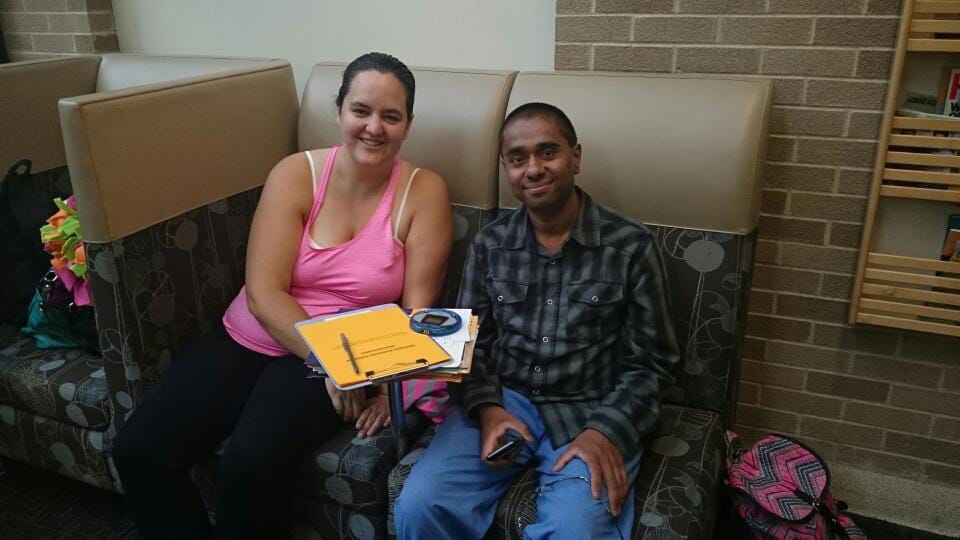o 100,600: People currently in the U.S. waiting for kidney donations.
o 14,029: Kidney transplants taking place last year in the U.S. Of those, 9,314 transplants came from deceased donors and 4,715 came from living donors.
o 3,381: People waiting for a kidney transplant who died last year.
o Nearly 2,500: New patients added to the kidney waiting list each month.
o 14: People waiting for a life-saving kidney transplant who die each day, on average.
Source: National Kidney Foundation
Kia Calderon-Dillon traveled more than 2,000 miles to give away one of her organs. She made the trek from her home in Stevenson to Ann Arbor, Mich., for a man she met only a couple of months earlier on Facebook.
“I’ve just always done what I can to help people,” Calderon-Dillon said. “The chance of me needing both kidneys later is unlikely. If I can help somebody, why wouldn’t I?”
For information about becoming an organ donor, visit the Donate Life Northwest website.




